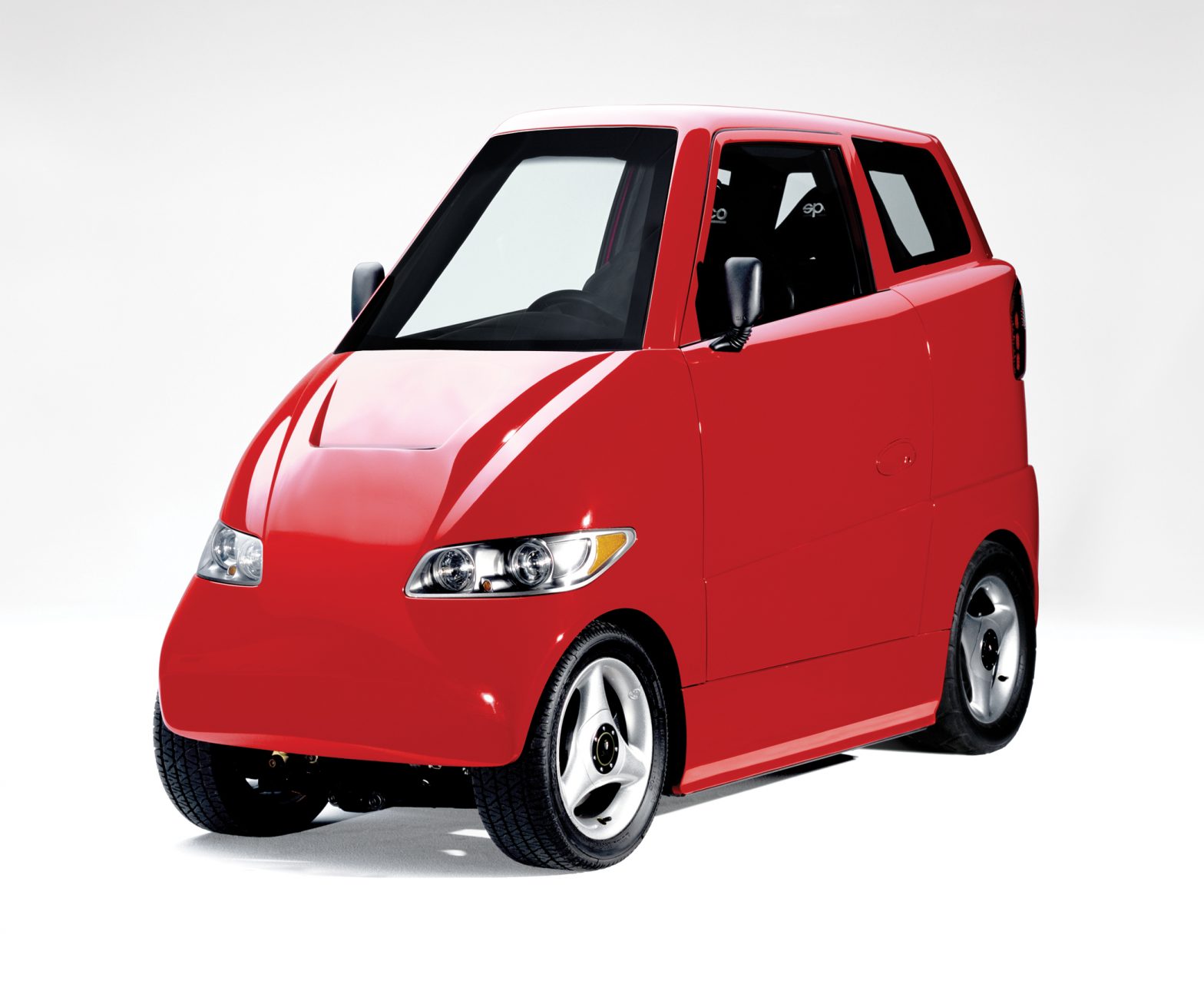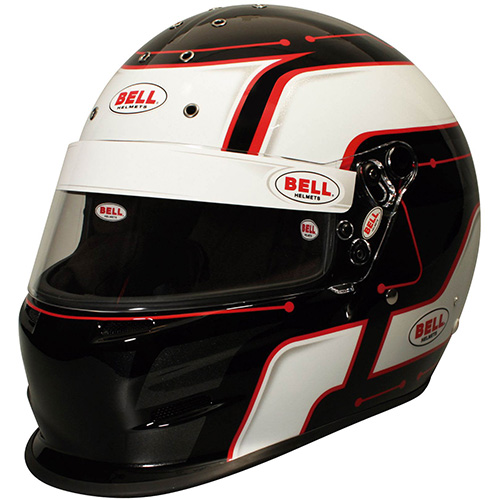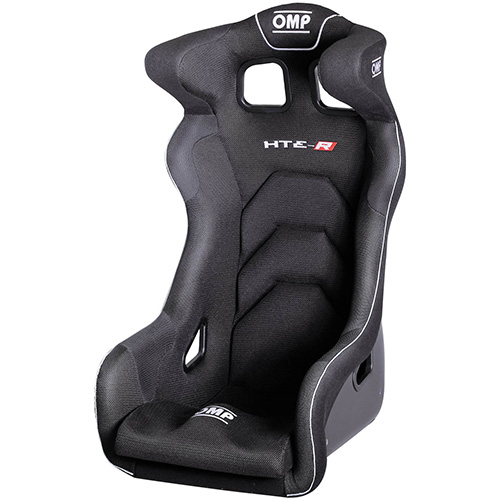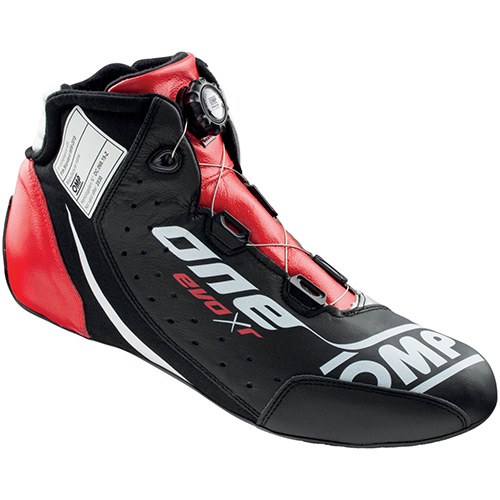This year’s North American International Auto Show featured a street sign-labeled area titled Electric Avenue. The cars featured there were not produced by big, well-known automakers, but rather startup electric car companies with a vision of cleaner future transportation. Underneath the main floor in the large basement of Cobo hall, there was a small track offering drivers the chance to test drive some of the electric cars. Of the cars offered were the CT&T eZone, Mitsubishi i-MiEV, the Think City, and by far the darling of the test fleet, the Commuter Cars Tango.
Commuter Cars was founded by Rick Woodbury in Spokane Washington, and has been delivering the production version of the Tango, the T600, since 2005. The car is very interestingly proportioned at a mere 39 inches wide, 101 inches long, and 60 inches tall, lending itself to a droopy-jowled, hound dog-like fascia. The two Sparco bucket seats, each equipped with four-point harness, are arranged in tandem configuration in the surprisingly spacious interior. Propulsion is provided by two electric motors driving the rear wheels, offering nearly 1,000 pound feet of torque low in the 8,000 rpm power band. Underneath the floor, 988 pounds worth of lithium-ion batteries provide the electrons, giving the Tango a center of gravity roughly that of a Porsche 911. Despite the pint-sized packaging, the total curb weight of the car is 3,150 pounds, with only 25 pounds of that represented by the feathery carbon fiber bodywork. The T600 has a Prodrive-designed roll cage, and four times the side protection offered in much larger SUVs, making it one of the safest cars on the road.
Compared to the other electric vehicles available for testing, the Tango was utterly in a league of its own. With the powerful dual motor setup, the T600 can clip off four second 0-60 times, take on the quarter mile in twelve seconds at 120 miles per hour, and achieve a top speed of 135 mph. The range is between 40 and 200 miles, depending on battery selection and driving style. All of this is offered with zero emissions, and about half the operating cost of comparable (a term we use loosely, here) gas-powered cars. Interestingly, each electric motor has only one moving part, and given the huge torque output and ability to sustain very high rpms, there is no need for a transmission. There is only one gear set coupling the motor and drive wheels, which can be ordered to the specification of the buyer.
On the test track, the Tango’s 215/45R15 tires were easily overwhelmed by the powerful motors on the sealed concrete floor. Steering feel is very heavy for a car this size, and challenging on the tightly curved track. Brake pedal pressure required to slow the car is also very high and awkwardly positioned. The car urgently accelerates when asked to, and corners very flatly, but at the expense of ride quality. Even on the glass smooth surface of Cobo’s basement, the Tango jarred over any imperfection and generally felt very bouncy.
All and all the Tango seemed like a great innovation in electric car development, but nevertheless, as a driver’s car, falls victim to the huge weight penalty introduced by the batteries. Despite this, the car is hugely fun to drive and would surely attract more potential buyers if it weren’t for the $108,000 price tag.



















